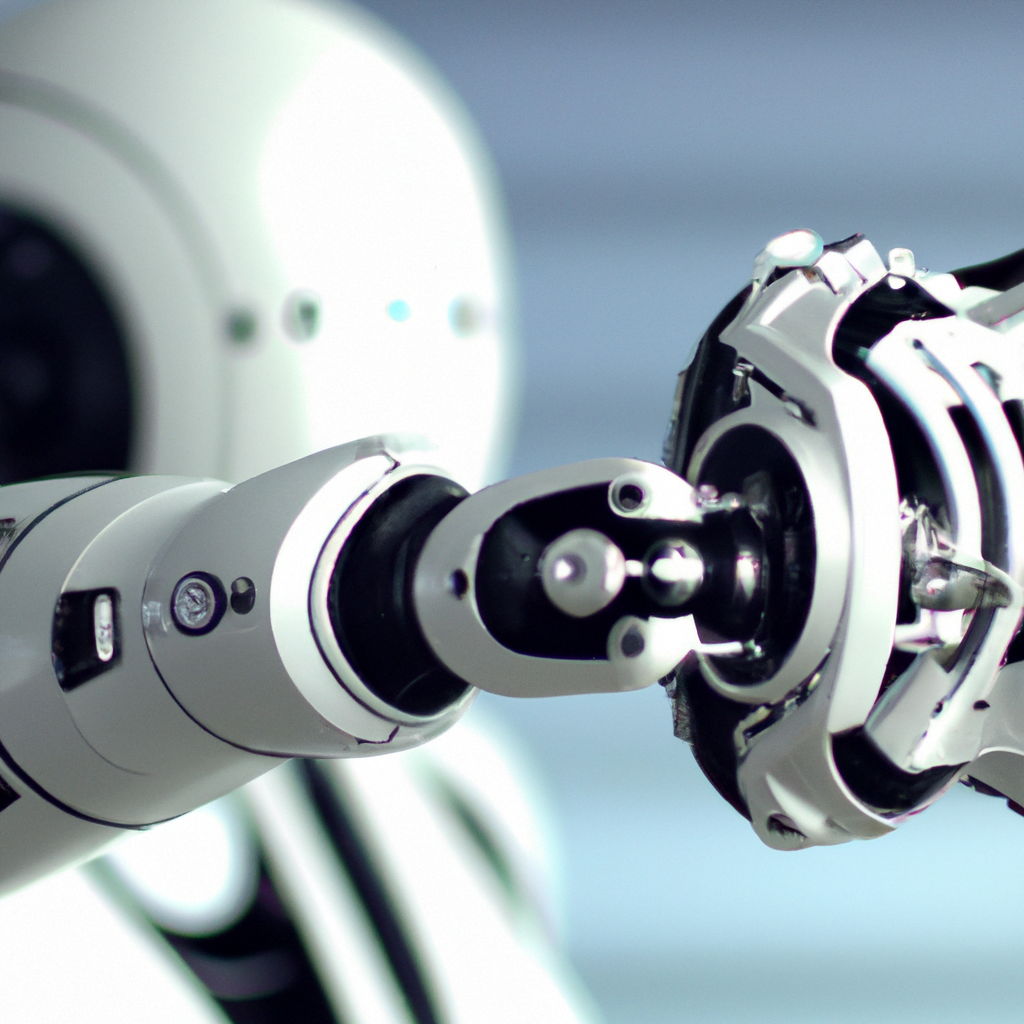How to get started with Python for machine learning
Python is a popular programming language that is widely used for machine learning. Machine learning is a type of artificial intelligence that involves training computer programs to learn from data, so they can make predictions or take actions based on that data.
Getting started with Python for machine learning is relatively easy, even if you have no prior experience with programming. Here are the steps you can follow:
Install Python on your computer: Python is a free and open-source programming language, which means you can download it for free from the official Python website. Go to python.org/downloads/ and download the latest version of Python for your operating system.
Install a code editor: A code editor is a software tool that helps you write and edit code. There are many different code editors available, but a good one to start with is Visual Studio Code. Go to code.visualstudio.com/download and download the version for your operating system.
Learn the basics of Python: Before you can start using Python for machine learning, you need to learn the basics of the language. There are many online resources available to help you learn Python, including websites like Codecademy and DataCamp. Start by learning how to write basic Python programs, like printing “Hello, World!” to the screen.

Install machine learning libraries: Python has many libraries that are specifically designed for machine learning. Two of the most popular libraries are TensorFlow and Scikit-learn. You can install these libraries using Python’s package manager, pip. Open a terminal or command prompt window, and type the following commands:
pip install tensorflow
pip install scikit-learn
Start coding: Now that you have installed Python and the necessary libraries, you can start coding your first machine learning program. A good place to start is with a simple “Hello, World!” program for machine learning. Here’s an example program that uses Scikit-learn to train a machine learning model to predict the species of an iris flower based on its sepal and petal dimensions:
from sklearn
.datasets
import load_iris
from sklearn
.tree
import DecisionTreeClassifier
iris =
load_iris
()
X = iris
.data
[:, 2:]
y = iris
.target
tree_clf =
DecisionTreeClassifier
(max_depth=
2
)
tree_clf
.fit
(X, y)
print
(tree_clf.predict([[
5
,
1.5
]]))
This program loads the Iris dataset, which contains measurements of the sepal and petal dimensions of three different species of iris flowers. It then uses a decision tree classifier to train a model on the data and make a prediction about the species of a new flower with sepal length 5 cm and petal width 1.5 cm.
Keep learning: Machine learning is a complex field, and there’s always more to learn. As you become more comfortable with Python and machine learning, try exploring other libraries and techniques, like neural networks and deep learning. There are many online resources available to help you learn, including blogs, forums, and online courses.
In conclusion, Python is a powerful tool for machine learning, and it’s relatively easy to get started with. By following these steps and continuing to learn, you can become proficient in Python and machine learning in no time.






